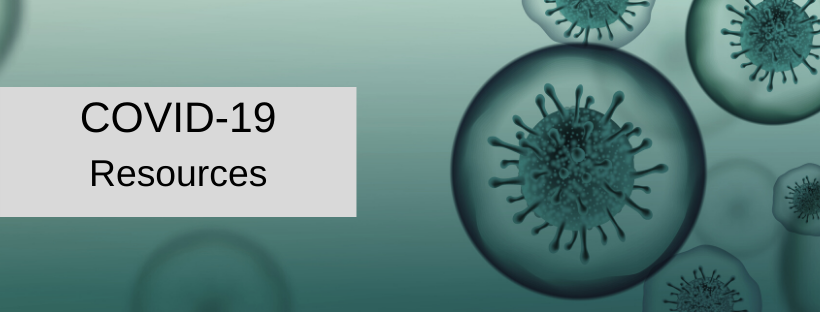How Do I Apply? You apply through any approved SBA lender, preferably your current bank if it is an approved lender since you have any existing relationship. If you don’t have an approved lender, call us or check here SBA Lender Match. Contact your lender ahead of time to let them know you intend to apply and ask about their procedures.
When Can I Apply? Starting April 3, 2020, small businesses and sole proprietorships can apply. Starting April 10, 2020, independent contractors and self-employed individuals can apply.
What Do I Need To Apply? You will need to complete the SBA Application form. Click Here PPP SBA Application Form. Though the exact documentation is not yet known (and may vary by lender), you will need to prove your average monthly payroll costs incurred in the one-year period prior to the loan date. Payroll costs include salary, wages, tips, commissions, bonuses, paid leave/PTO/vacation, severance, employer paid group health benefits and other insurance, retirement benefits, and state and local taxes assessed against the employer on employee compensation. Remember, for any employee earning over $100,000 per year, only $100,000 counts in the calculation. While not needed to apply, you should determine the amount you expect to be forgiven as well, as you may want to cap your loan at this amount (even if you qualify for more). Contact us for an Excel spreadsheet to assist with these calculations.
How Do I Qualify For Forgiveness? The loan is forgivable to the extent of the payroll costs, employer healthcare expenses, eligible mortgage interest or rent payments, and utilities paid or incurred by the borrower during the eight (8) weeks following the loan closing. However, you must retain your workforce. If you laid off workers or reduced wages during the period from February 15, 2020 to June 30, 2020, the forgiveness is reduced proportionally by: (i) the reduced full-time staffing compared to historic levels; and (ii) the decrease in wages beyond 25% of historic compensation [see endnote 4]. If you already furloughed employees or cut salaries, you have until June 30, 2020 to restore full-time employment and salary levels for any changes made between February 15, 2020 and April 26, 2020. To request loan forgiveness, you will need to submit the supporting documentation to the lender, who must make a determination within 60 days.
If I Need More Help, Are There Other COVID-19 Programs Available? Yes, but they are closing fast. The SBA also implemented the Coronavirus Economic Injury Disaster Loan (see SBA EIDL), the Commonwealth of Pennsylvania launched the PA Working Capital Access Program, although the website indicates this program is now closed (see PA COVID-19 WCAP Overview ) and Philadelphia has the COVID-19 Small Business Relief Fund, providing grants or 0% loans to small businesses, but has closed this program except for $5K micro-grants to businesses with less than $500K in annual revenue (see Phila. SBR Fund ). If you chose not to take a PPP Loan under the Cares Act, you may be eligible for payroll tax credits or deferrals under the Families First Coronavirus Response Act, for which new guidance was just issued by the Department of Labor on April 1, 2020 (see DOL FFCRA)[see endnote 5].
If you have any questions or need assistance, feel free to contact the AMM attorney you regularly work with. We are here to help.
Endnotes:
1. Certain statutory exemptions to the size requirements apply for specific industries, franchises and tribal businesses. See SBA Size Standards for additional detail. Also, businesses must be cognizant of attribution rules for controlled groups, especially for private equity backed portfolio companies.
2. There are slightly different calculations for seasonal employers and new employers who have not been in business for a full year. The maximum amount of the loan is subject to a $10.0M cap.
3. The CARES Act provides that the interest rate shall not exceed 4%. However, in providing its instructions to lenders and borrowers, the Treasury Department appears to have fixed the interest rate at 0.5%.
4. Only for employees making less than $100,000 per year in 2019.
5. The CARES Act indicates that businesses are not eligible for tax credits if they take a PPP Loan, but it is unclear if a business could claim tax credits for periods outside the 8 weeks provided for loan forgiveness.


